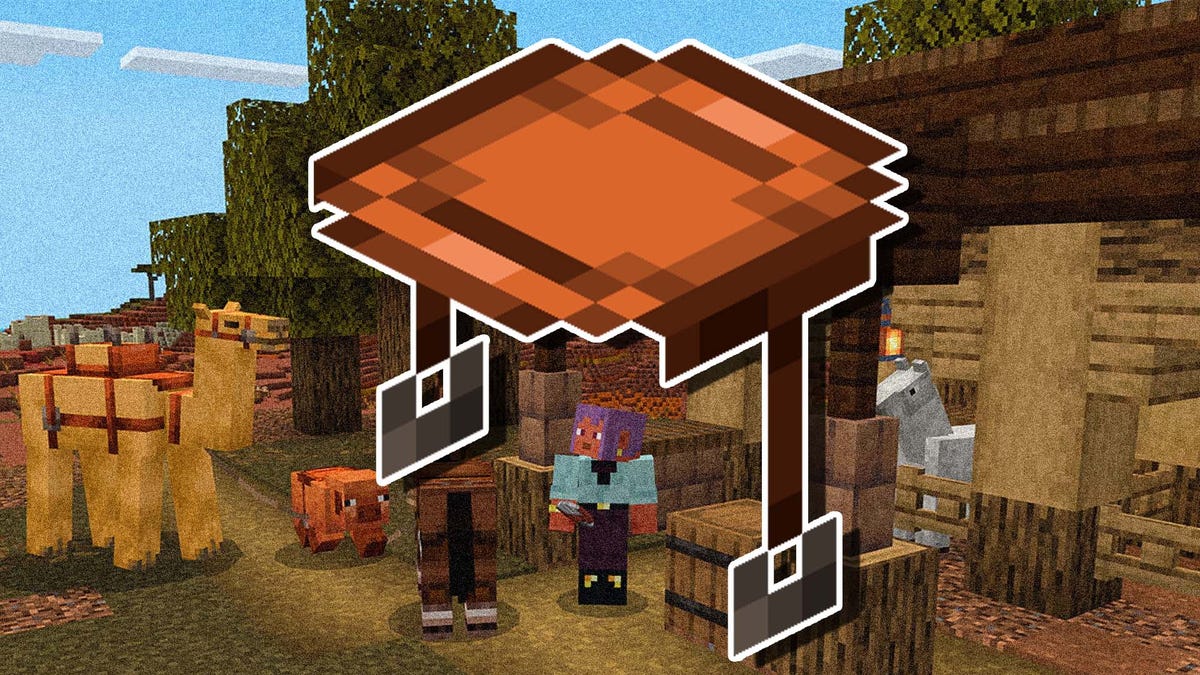Voyager 1’s Primary Thrusters Revived Before DSN Command Pause
As with all aging bodies, clogged tubes form an increasing issue. So too with the 47-year old Voyager 1 spacecraft and its hydrazine thrusters. Over the decades silicon dioxide from …read more


As with all aging bodies, clogged tubes form an increasing issue. So too with the 47-year old Voyager 1 spacecraft and its hydrazine thrusters. Over the decades silicon dioxide from an aging rubber diaphragm in the fuel tank has been depositing on the inside of fuel tubes. By switching between primary, backup and trajectory thrusters the Voyager team has been managing this issue and kept the spacecraft oriented towards Earth. Now this team has performed another amazing feat by reviving the primary thrusters that had been deemed a loss since a heater failure back in 2004.
Unlike the backup thrusters, the trajectory thrusters do not provide roll control, so reviving the primary thrusters would buy the mission a precious Plan B if the backup thrusters were to fail. Back in 2004 engineers had determined that the heater failure was likely unfixable, but over twenty years later the team was willing to give it another shot. Analyzing the original failure data indicated that a glitch in the heater control circuit was likely to blame, so they might actually still work fine.
To test this theory, the team remotely jiggled the heater controls, enabled the primary thrusters and waited for the spacecraft’s star tracker to drift off course so that the thrusters would be engaged by the board computer. Making this extra exciting was scheduled maintenance on the Deep Space Network coming up in a matter of weeks, which would troubleshooting impossible for months.
To their relief the changes appears to have worked, with the heaters clearly working again, as are the primary thrusters. With this fix in place, it seems that Voyager 1 will be with us for a while longer, even as we face the inevitable end to the amazing Voyager program.




















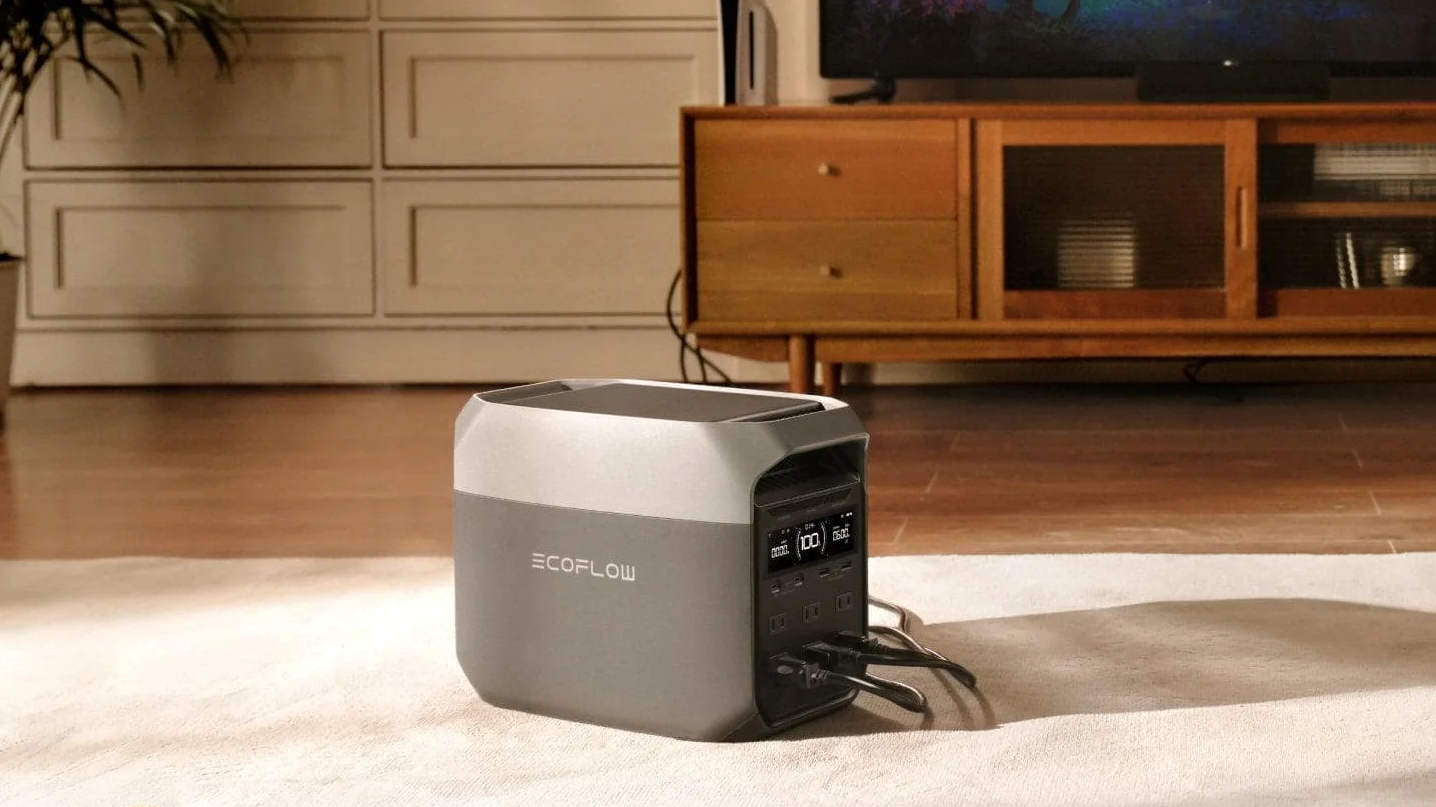





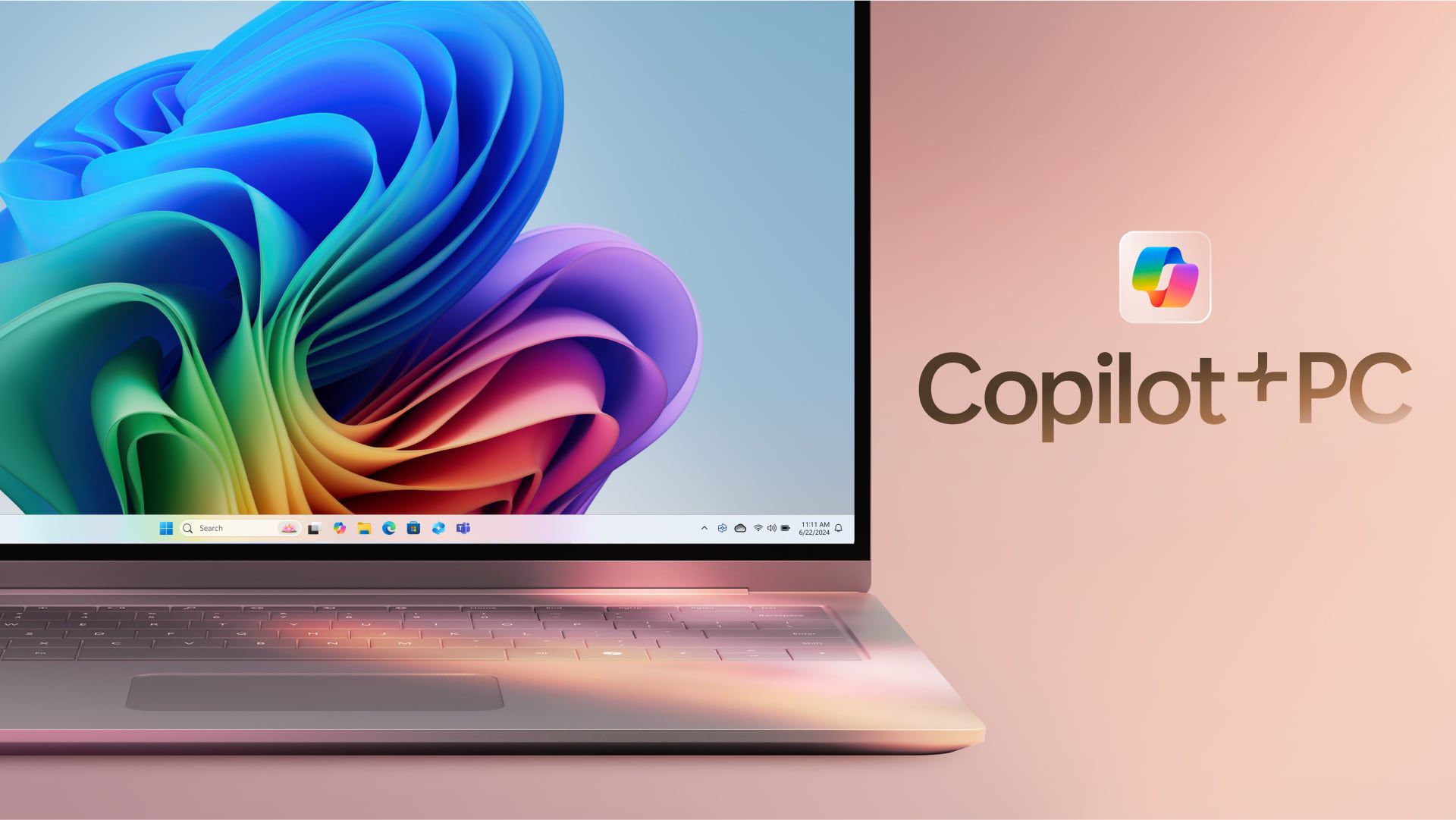


























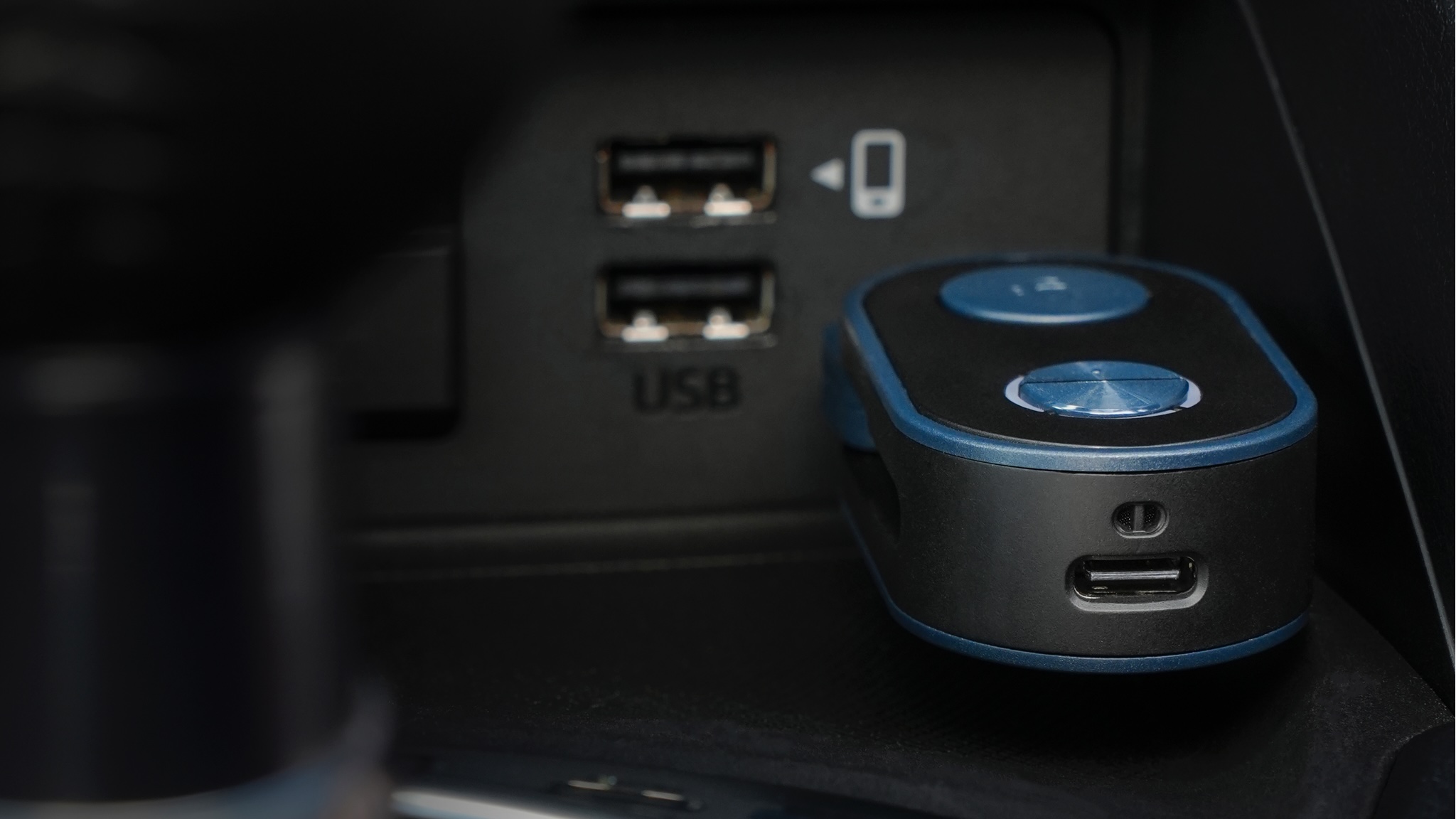

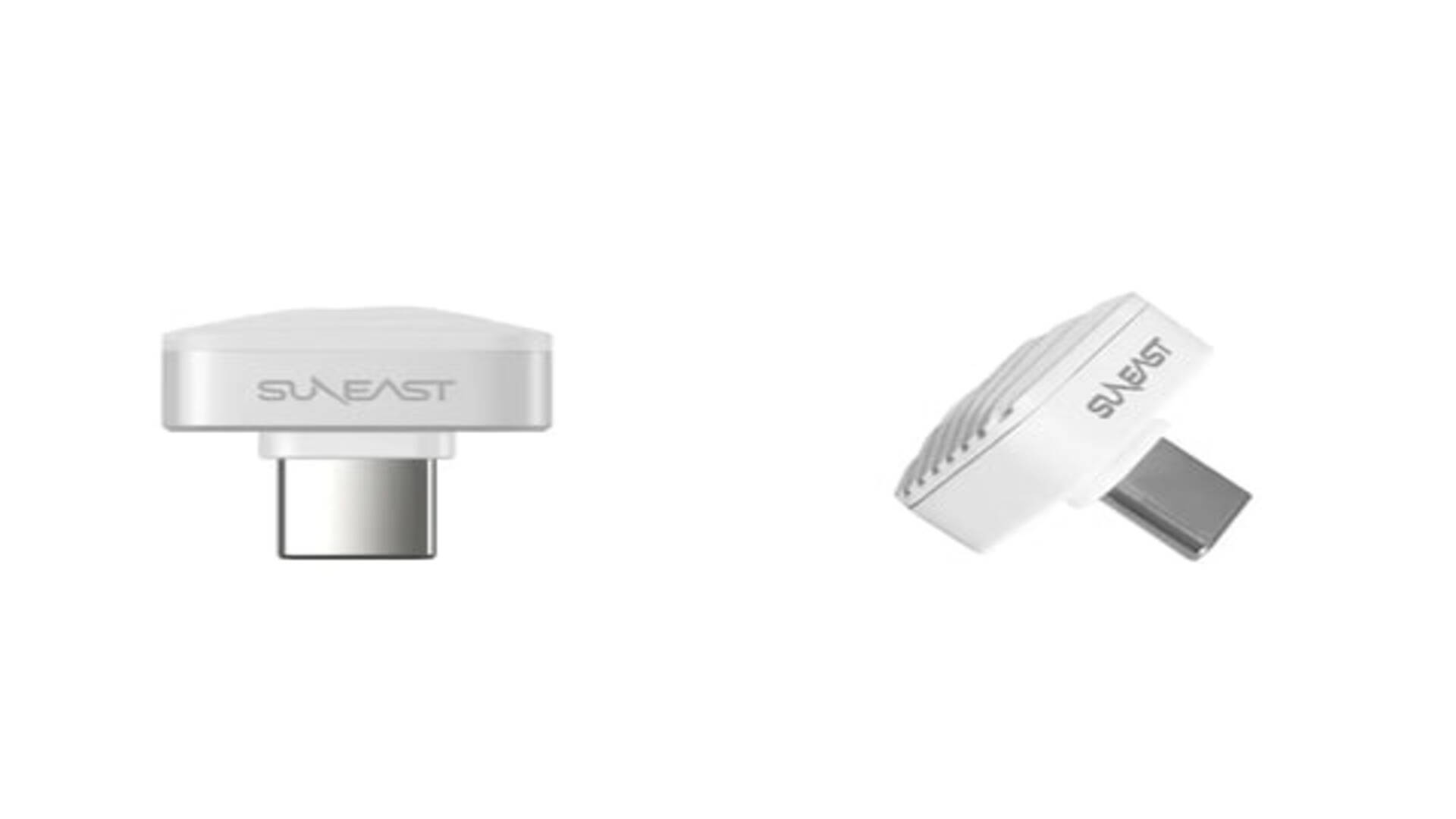
















![Sony WH-1000XM6 Unveiled With Smarter Noise Canceling and Studio-Tuned Sound [Video]](https://www.iclarified.com/images/news/97341/97341/97341-640.jpg)


![Trump Tells Cook to Stop Building iPhones in India and Build in the U.S. Instead [Video]](https://www.iclarified.com/images/news/97329/97329/97329-640.jpg)
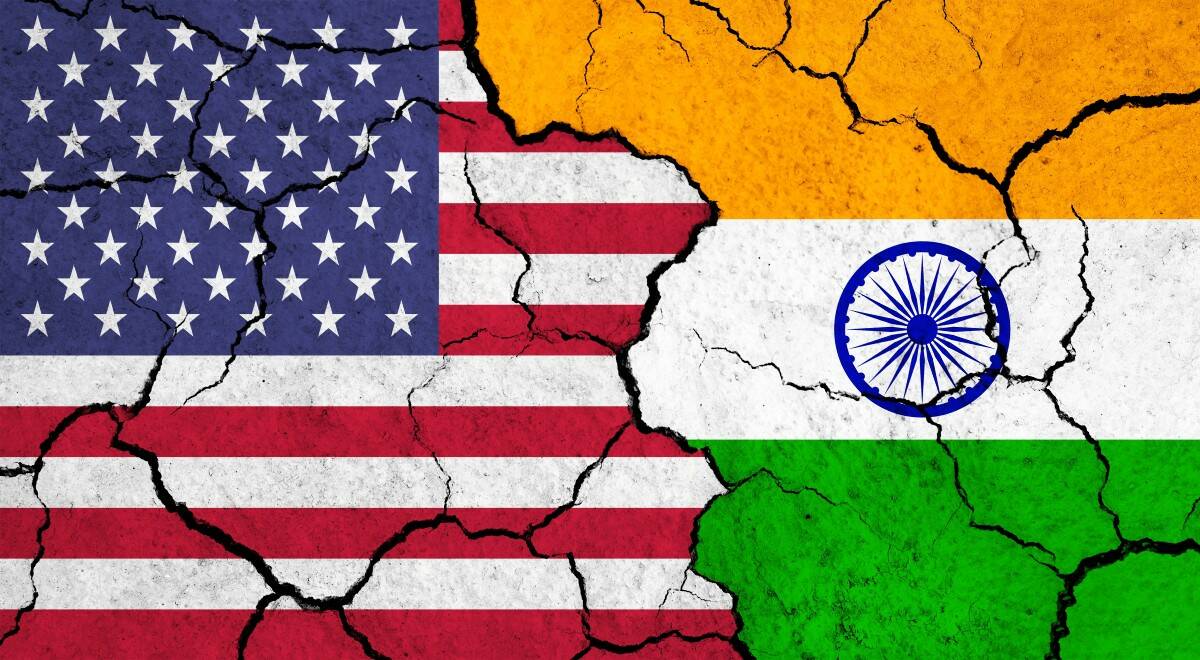






















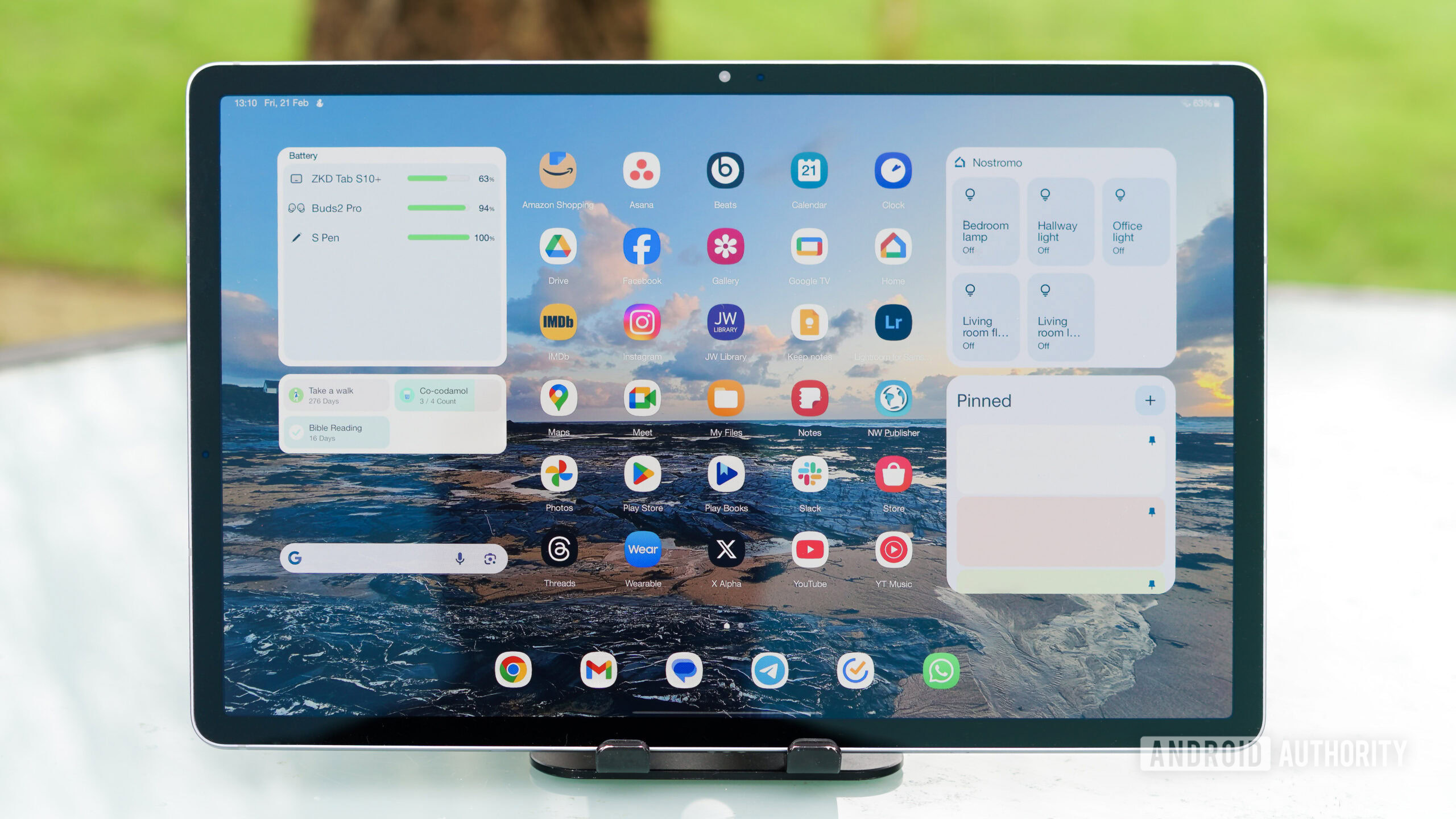


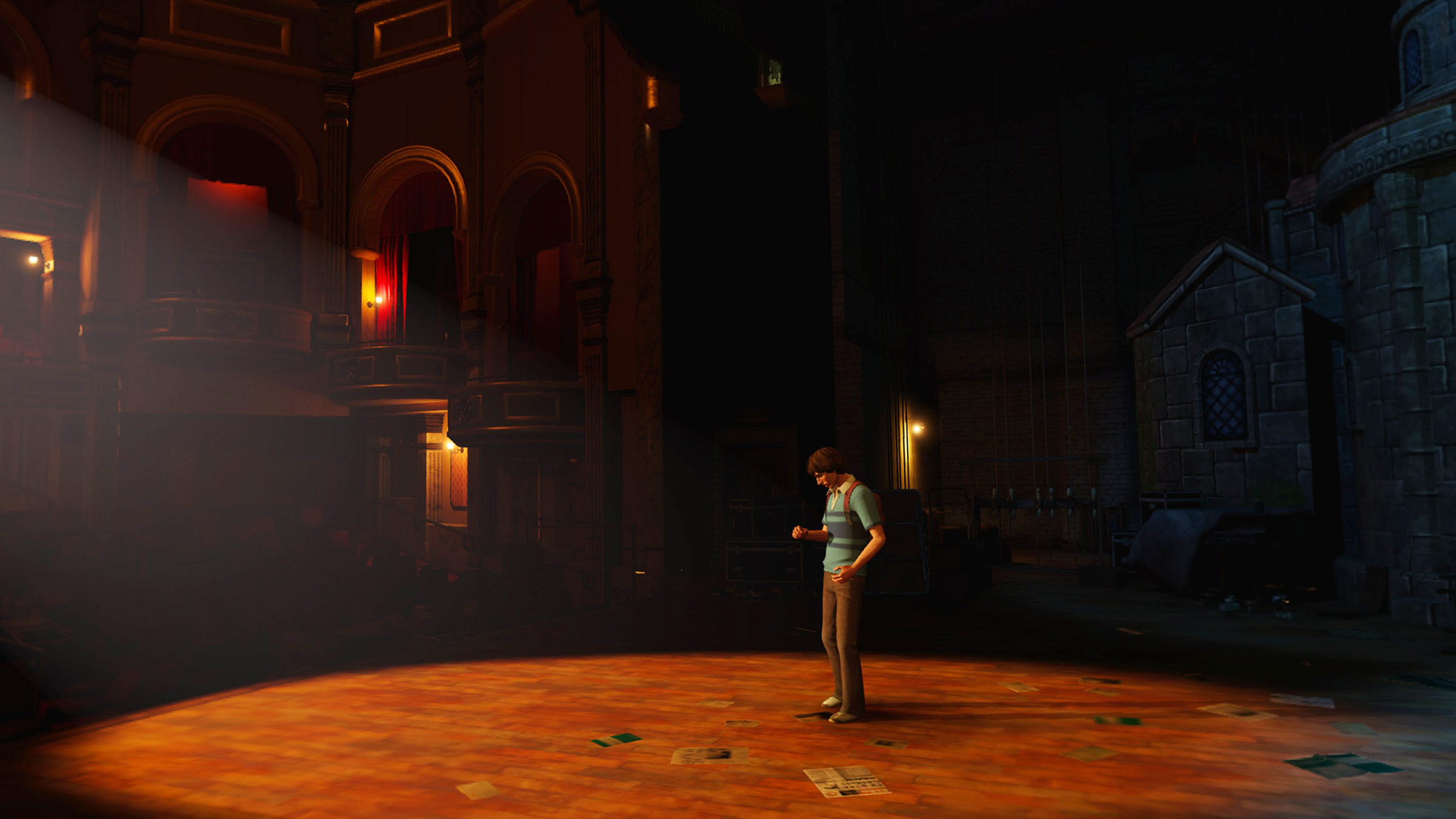
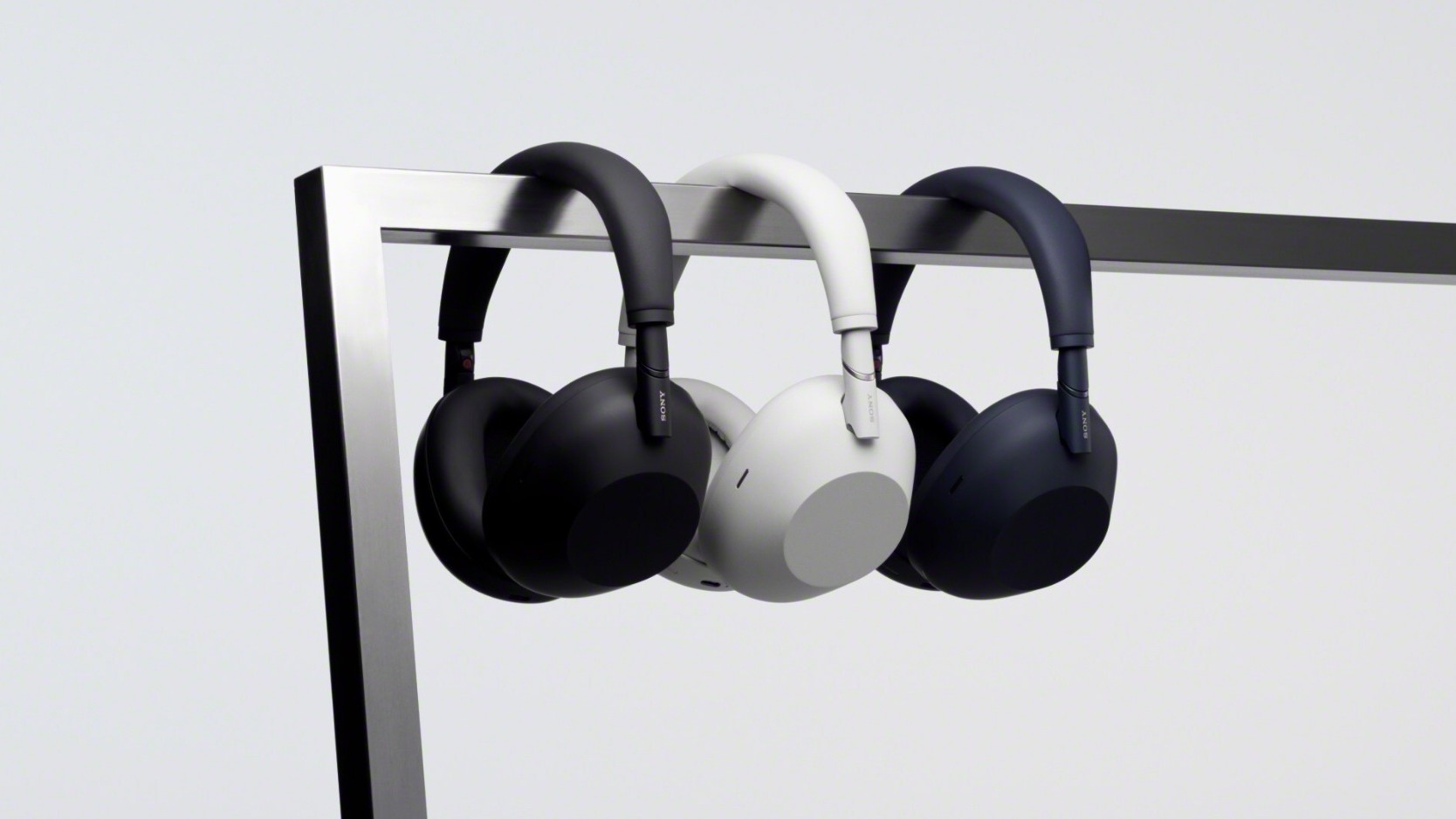
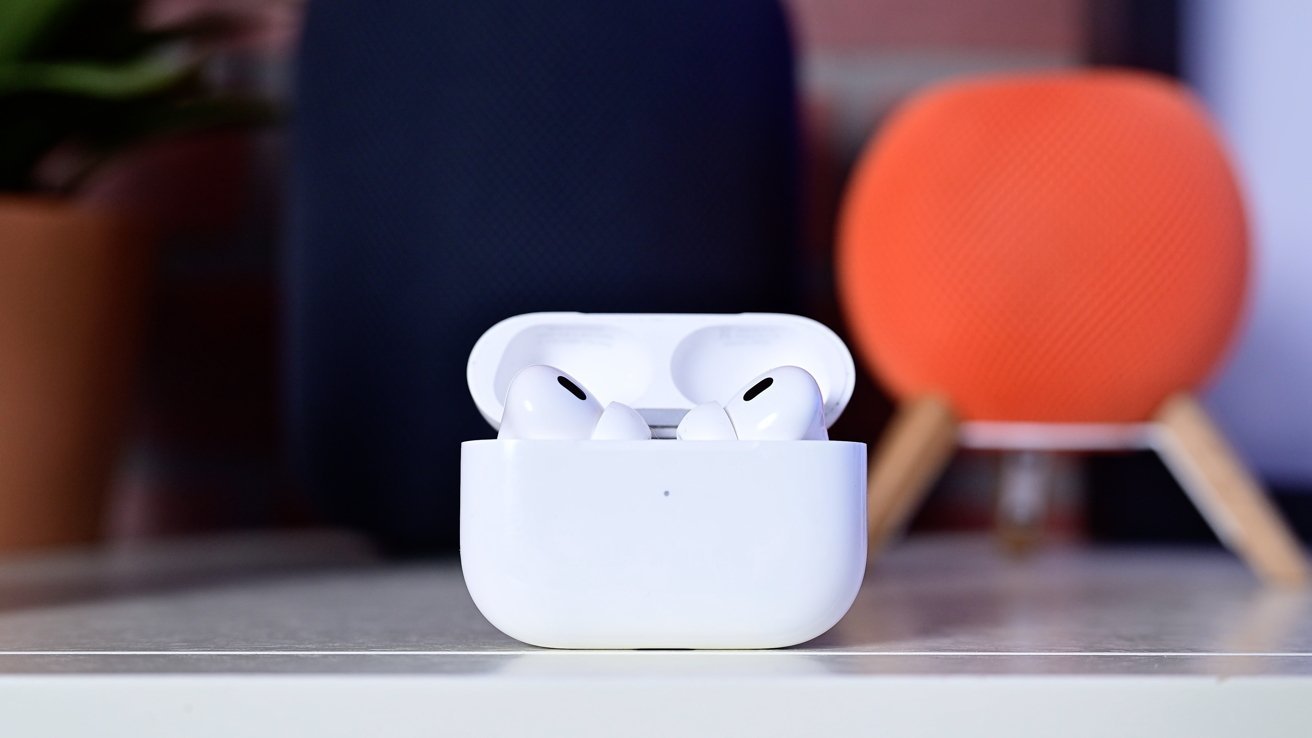

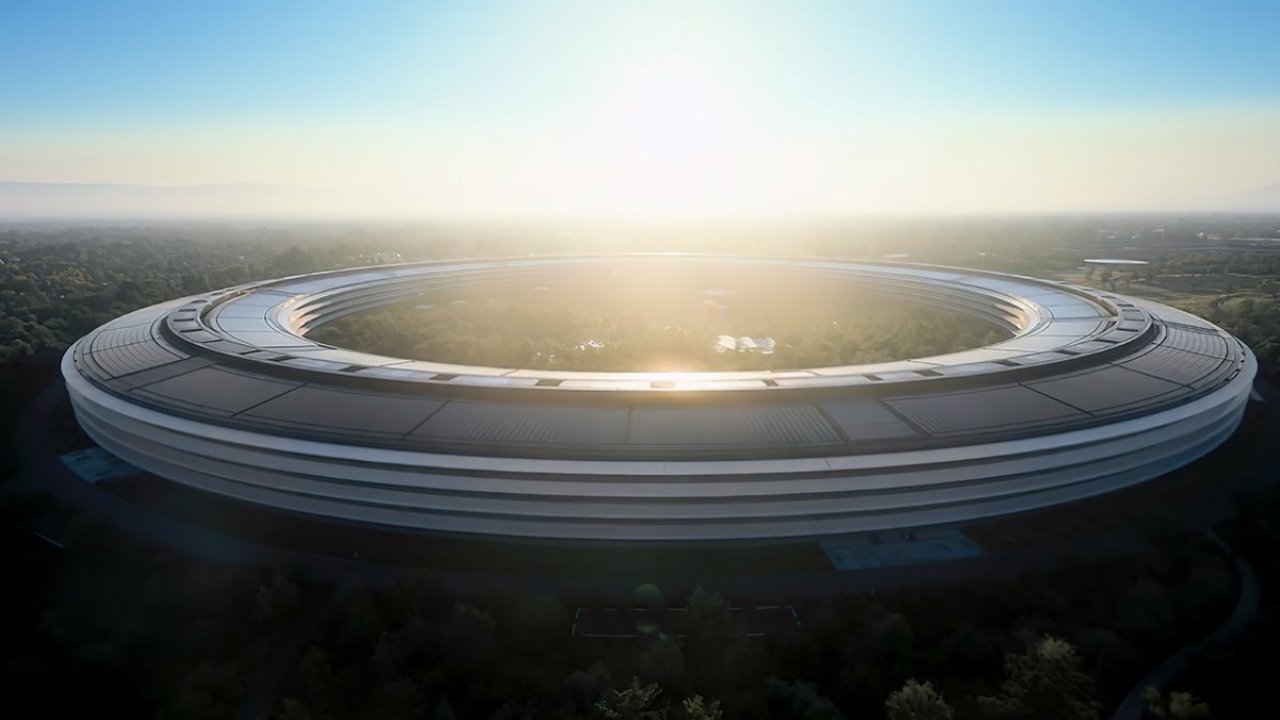

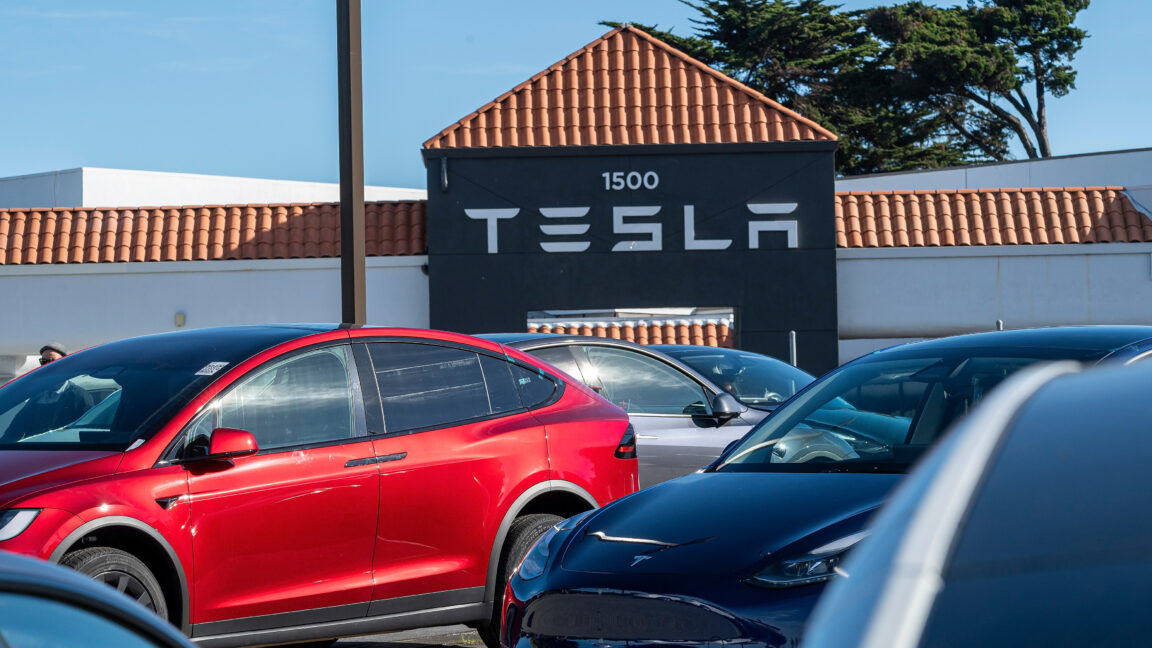




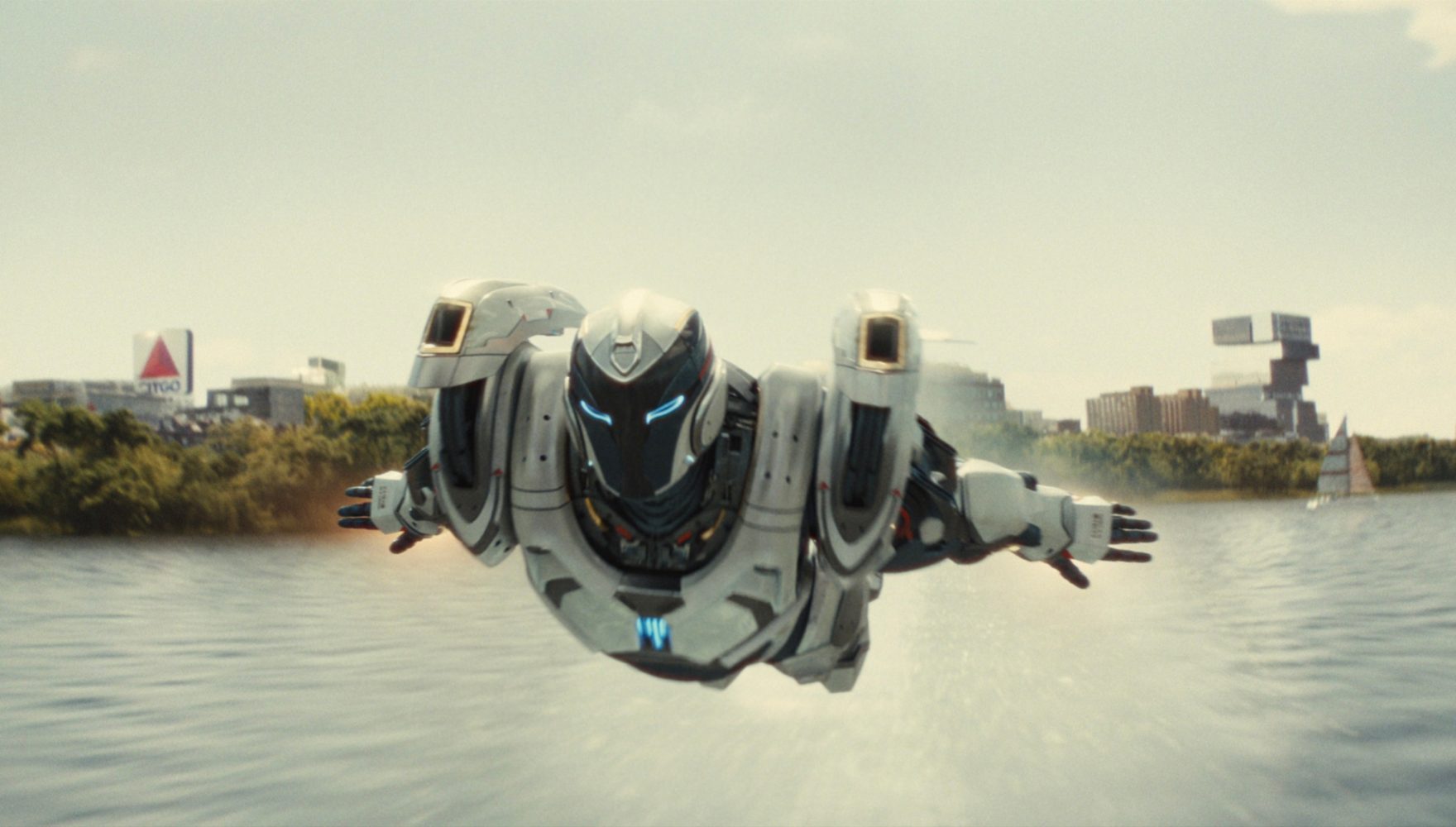

































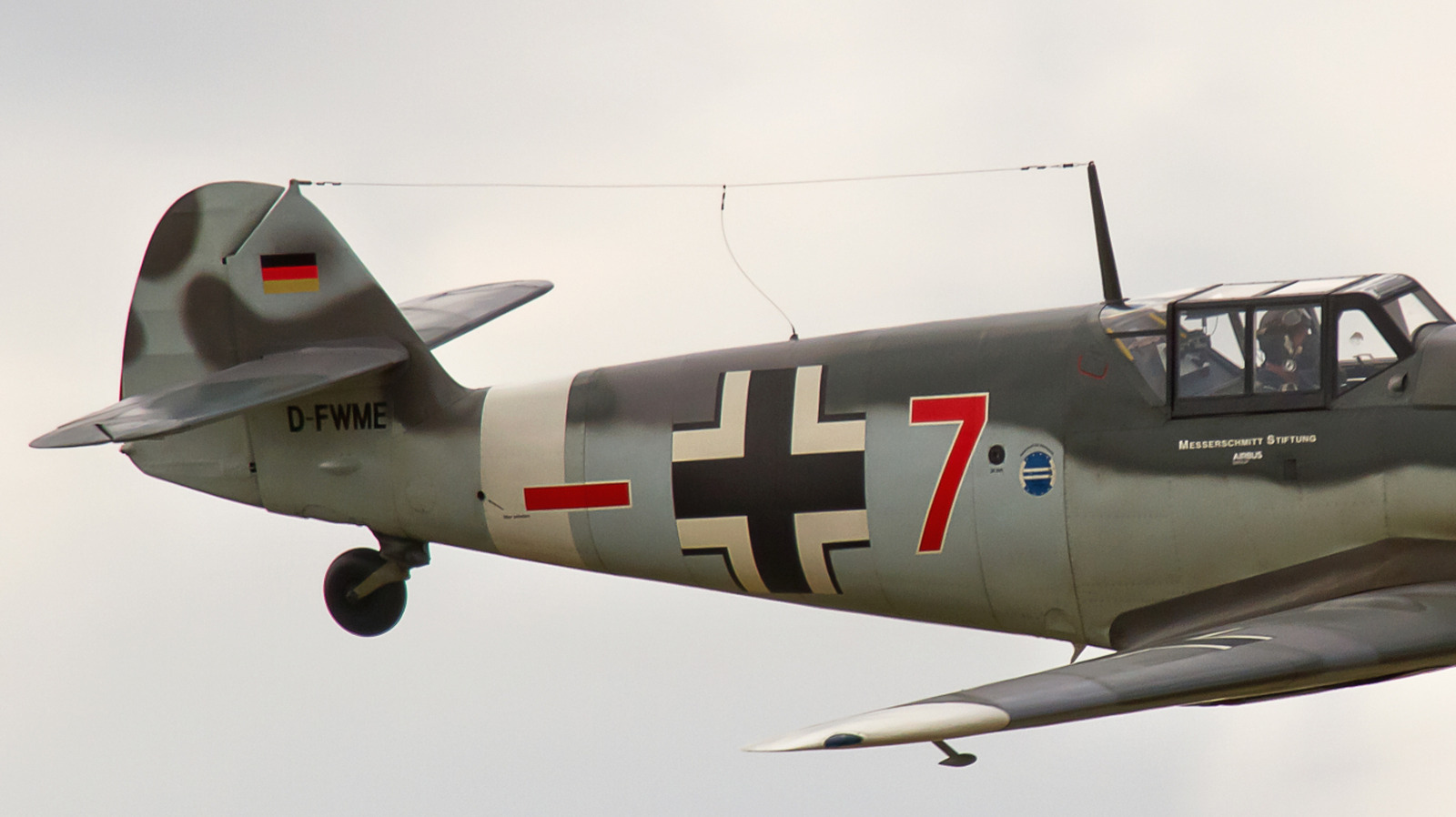
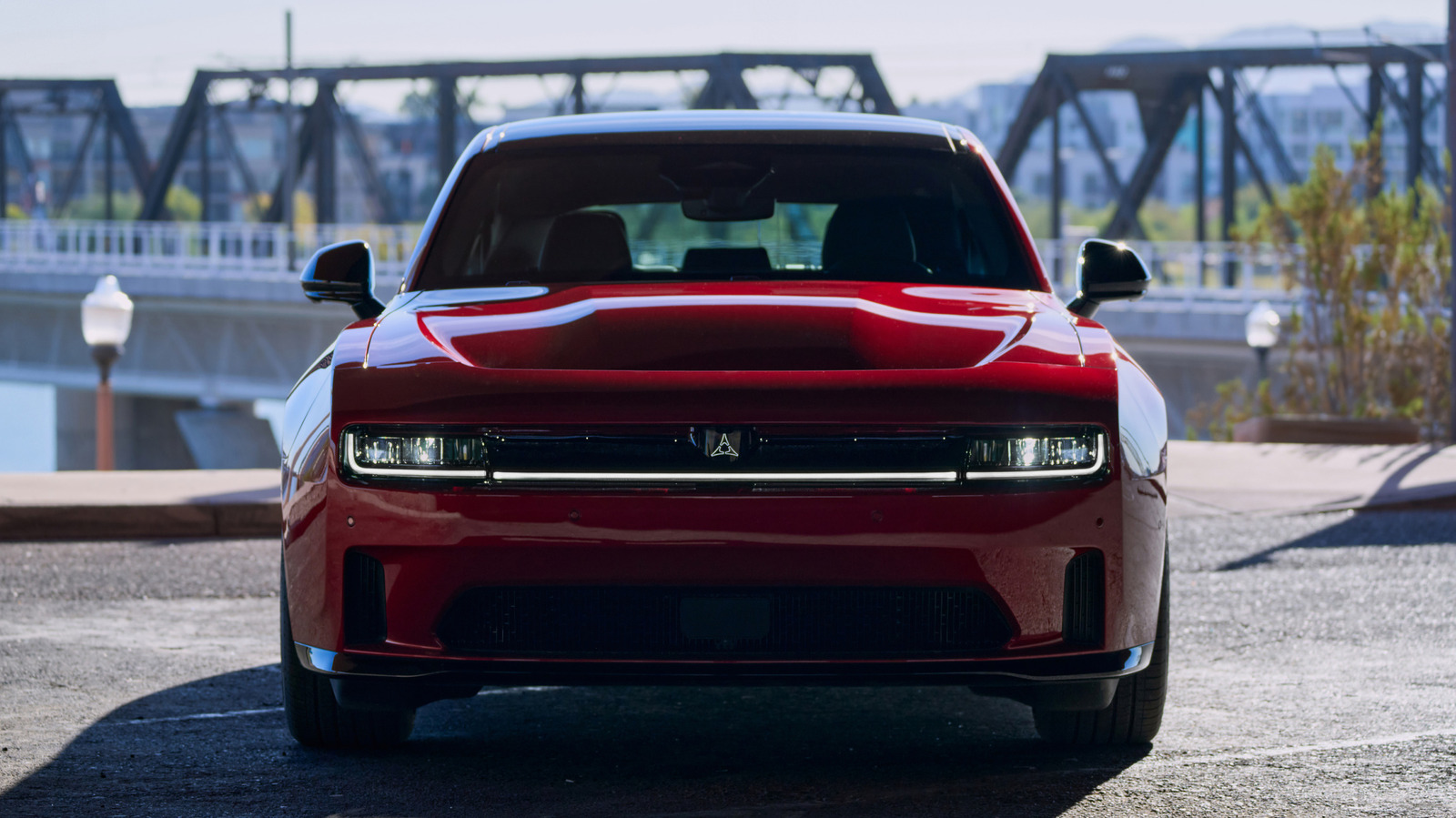

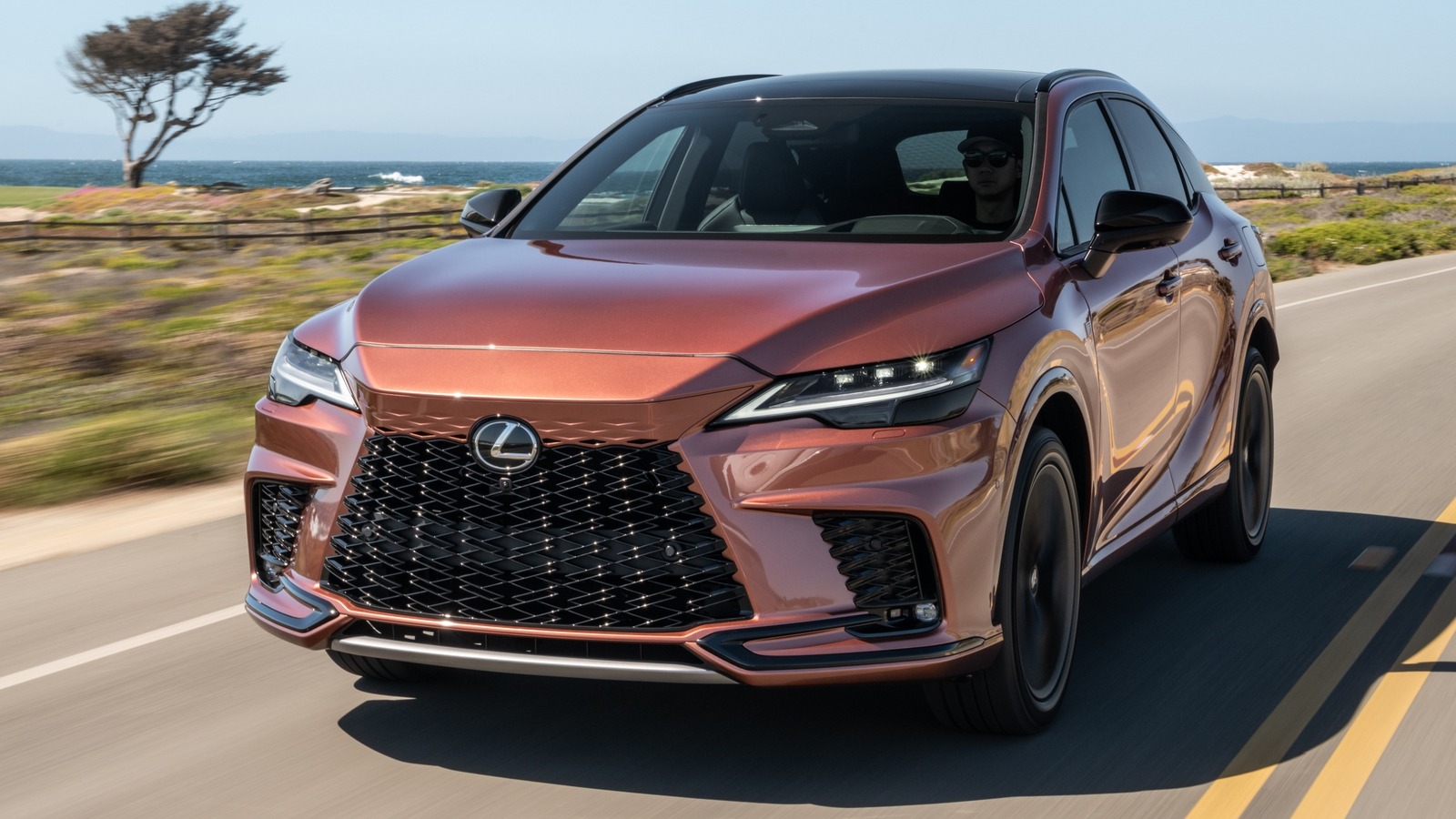








































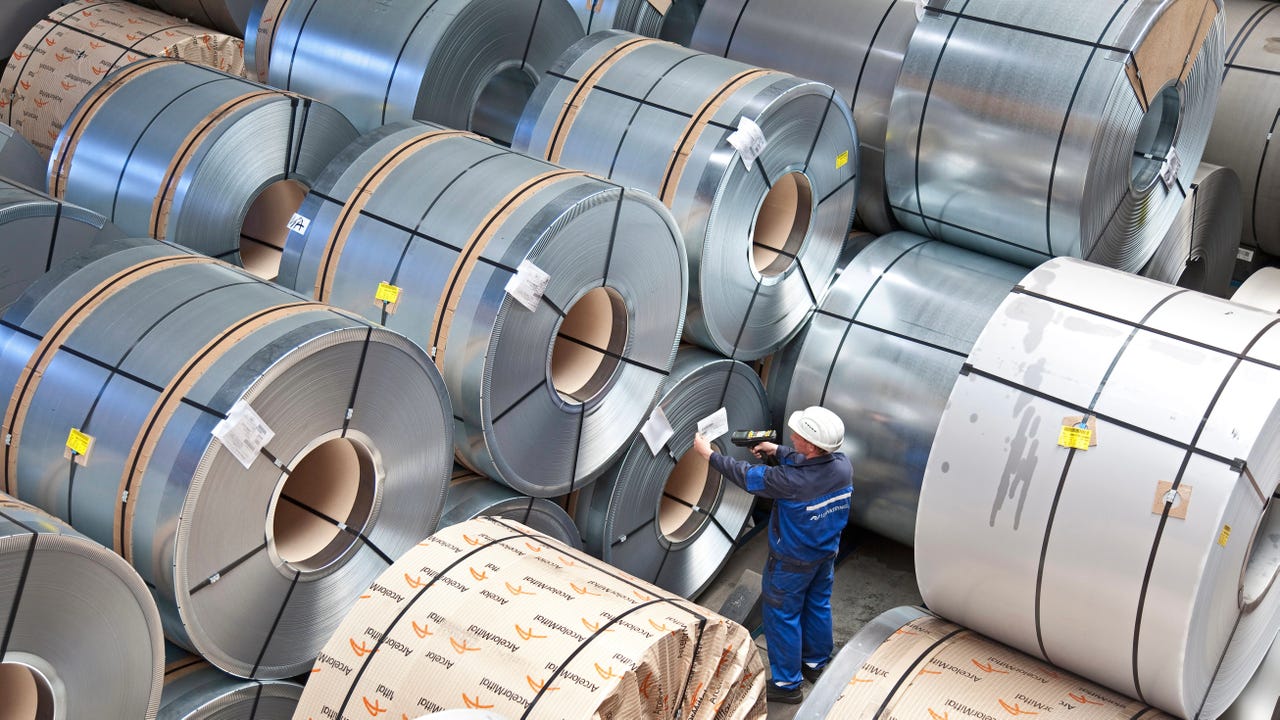
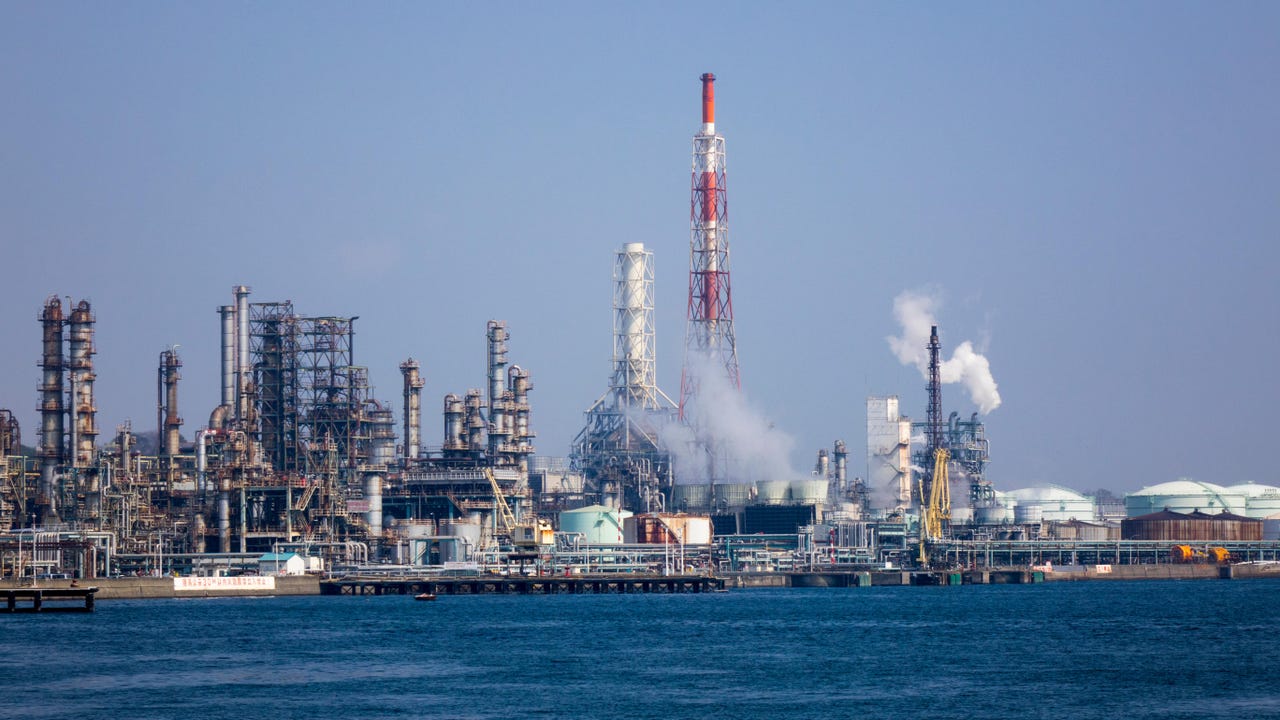
































































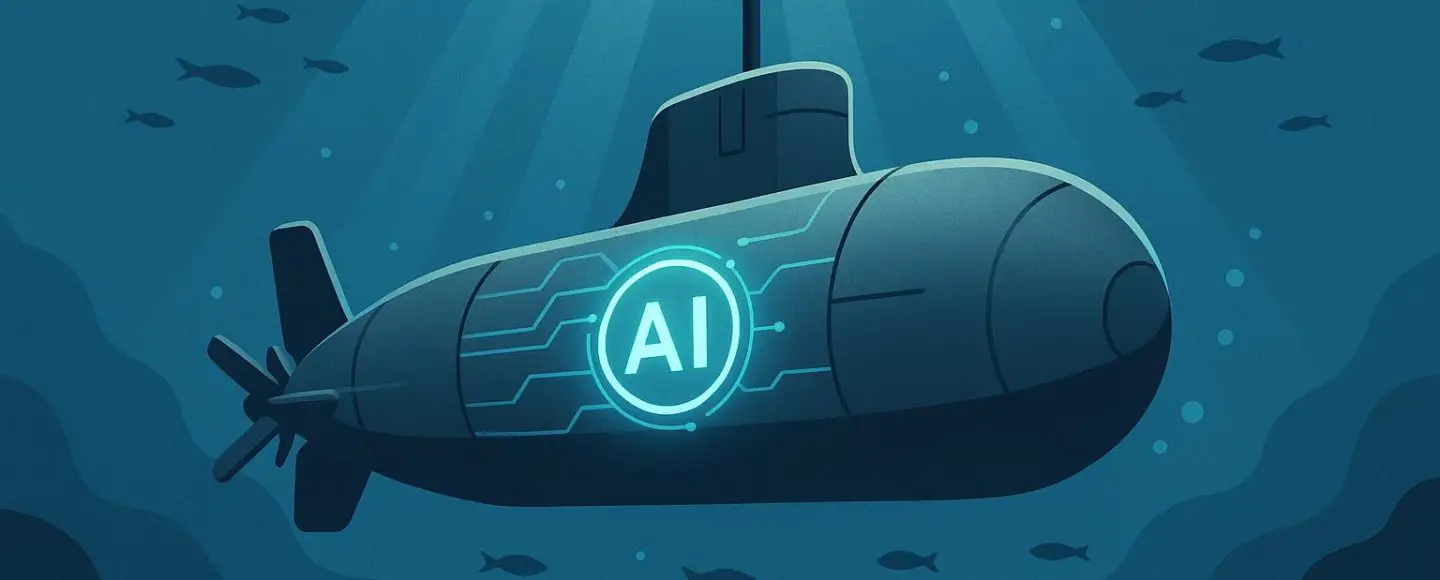



















































![[The AI Show Episode 147]: OpenAI Abandons For-Profit Plan, AI College Cheating Epidemic, Apple Says AI Will Replace Search Engines & HubSpot’s AI-First Scorecard](https://www.marketingaiinstitute.com/hubfs/ep%20147%20cover.png)
























![How to Enable Remote Access on Windows 10 [Allow RDP]](https://bigdataanalyticsnews.com/wp-content/uploads/2025/05/remote-access-windows.jpg)





















































































































































































![Artist Shocked To Find Her Poster Designs From 2017 In Bungie's Marathon: 'A Major Company Has Deemed It Easier To Pay A Designer To Imitate Or Steal My Work Than To Write Me An Email' [Update]](https://i.kinja-img.com/image/upload/c_fill,h_675,pg_1,q_80,w_1200/4ce7afff77473c3cccca9cc349c42790.jpg)
